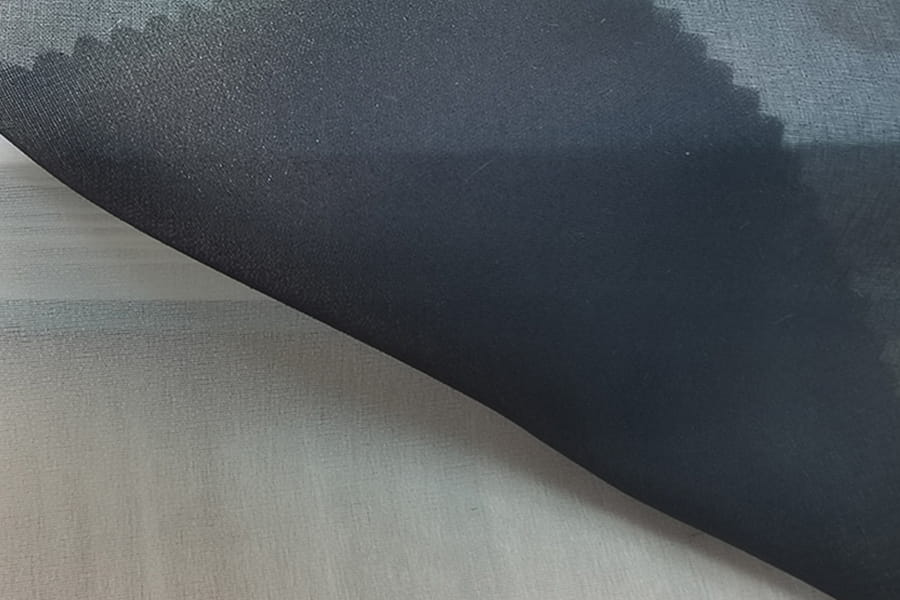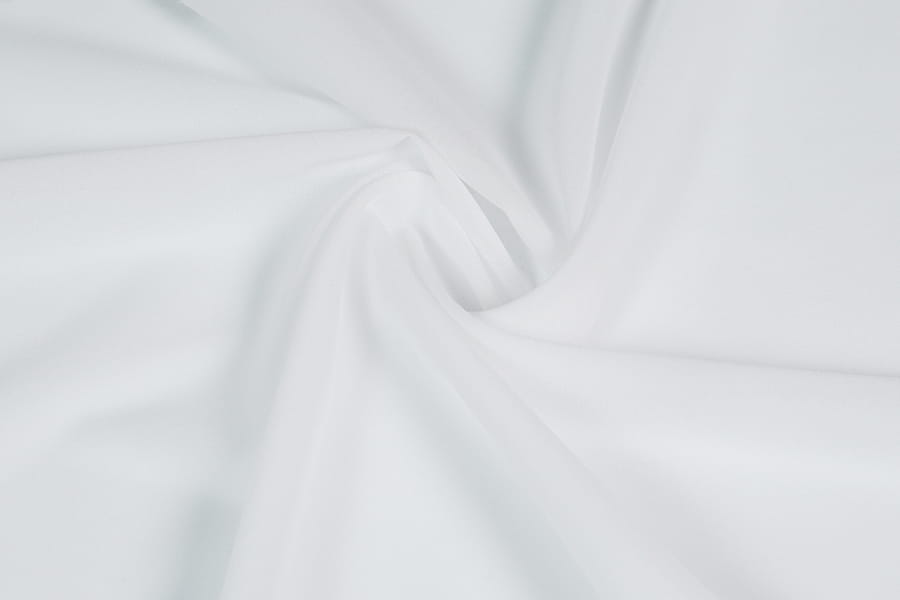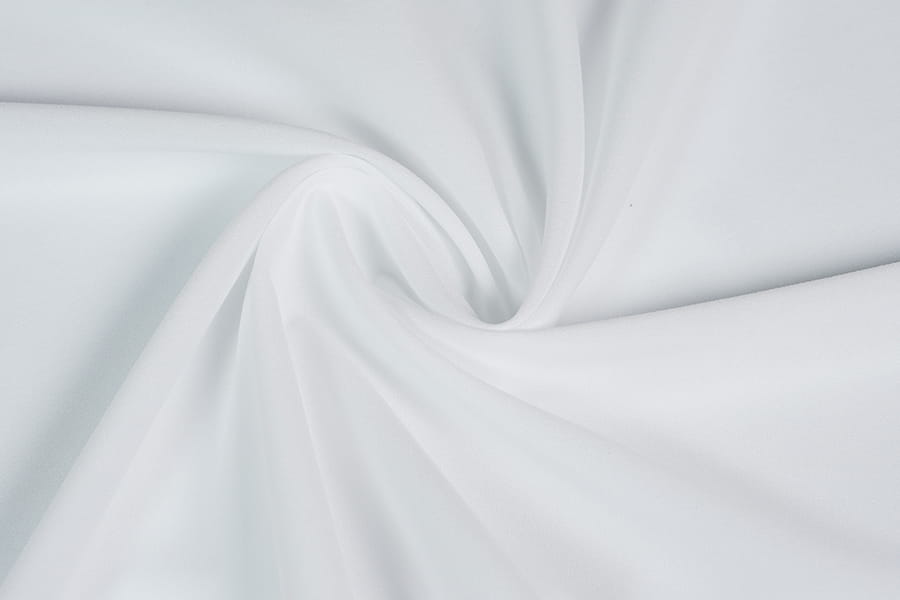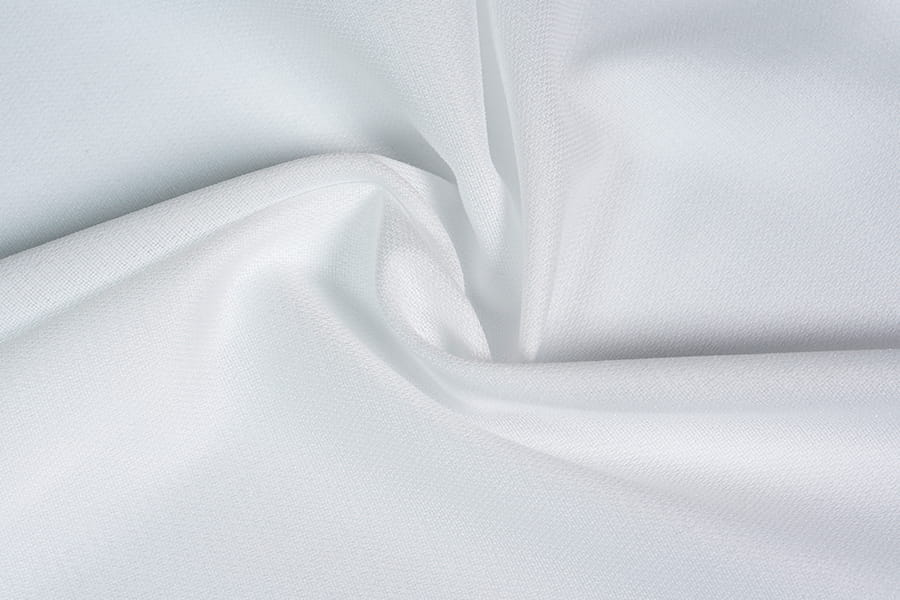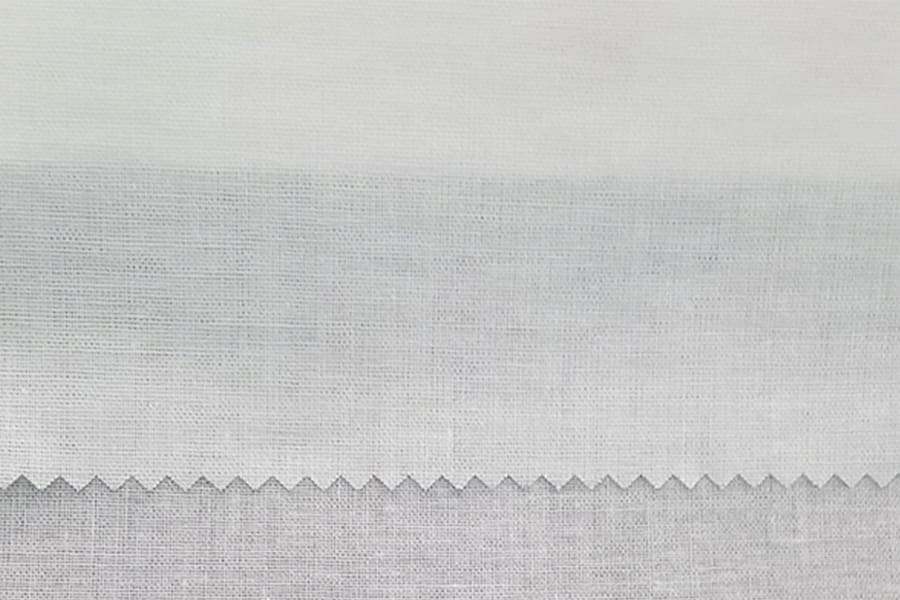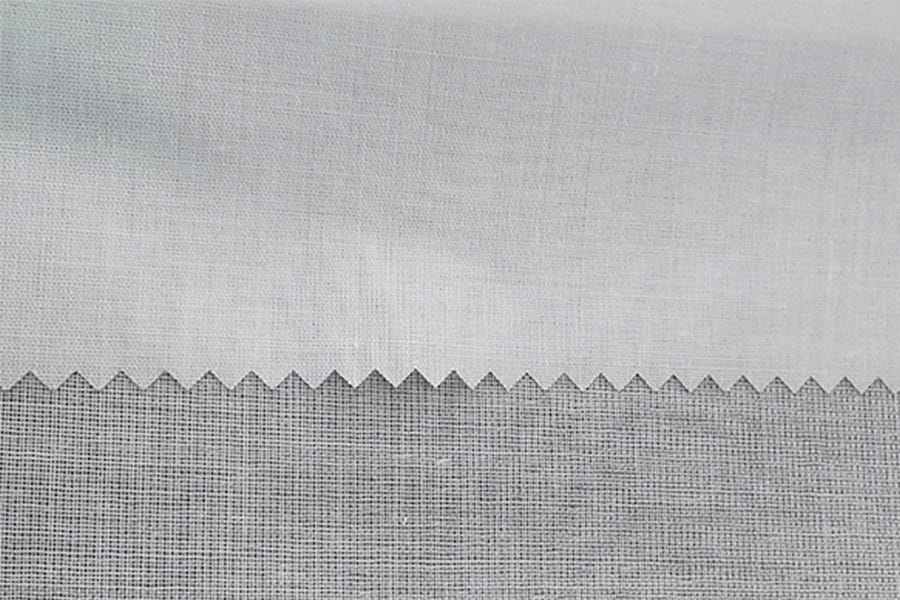Interlining fabrics are a crucial component of garment construction, providing the necessary structure, stability, and support to enhance the overall design. These fabrics, typically placed between the outer fabric and the lining, are essential for achieving a polished, professional finish in various types of clothing, from suits and coats to dresses and jackets. When it comes to choosing the right interlining fabric, designers and manufacturers often face a decision: should they use natural or synthetic materials? Each type of interlining offers distinct benefits, and the choice depends on factors like comfort, durability, aesthetic quality, and environmental considerations.
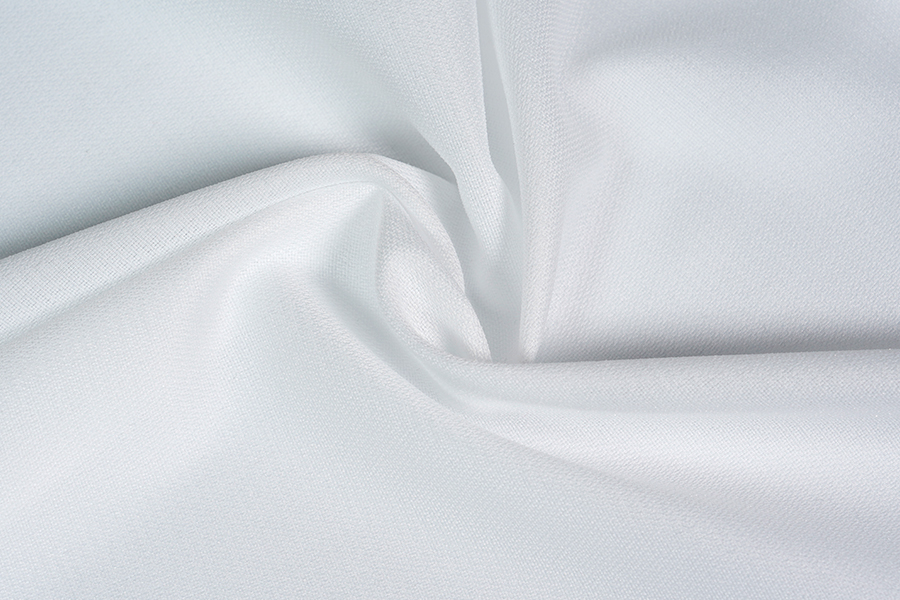
1. Material Composition: Natural vs. Synthetic
Natural Interlining Fabrics
Natural interlining fabrics are derived from organic sources, such as plants or animals. These materials include cotton, wool, silk, and linen. The most common natural fibers used in interlining fabrics are cotton for its breathability and softness, and wool for its warmth and resilience.
- Cotton: Known for being soft, breathable, and hypoallergenic, cotton interlining is ideal for lightweight garments, especially those intended for warmer climates. It offers comfort and good moisture absorption, which is why it’s often used in formal wear and summer clothing.
- Wool: Wool interlining is often chosen for its ability to provide warmth and structure. It is a popular choice in tailoring, especially for suits and outerwear, as it holds its shape well and provides a premium feel.
- Silk: Silk is prized for its luxurious texture and luster. Although less commonly used, silk interlining is perfect for high-end garments, such as evening gowns and fine couture, where a soft and smooth finish is desired.
Synthetic Interlining Fabrics
Synthetic interlining fabrics are made from man-made fibers, such as polyester, nylon, and acrylic, which are derived from petrochemicals. These materials are often engineered for specific functions, making them highly versatile in garment production.
- Polyester: The most commonly used synthetic fiber, polyester is strong, durable, and resistant to wrinkles. It’s often used in mass-produced garments due to its affordability and resilience.
- Nylon: Known for its high strength and durability, nylon interlining is commonly used in outerwear and activewear. It provides excellent support without adding excessive weight to the garment.
- Acrylic: Acrylic interlining is lightweight and offers good resistance to fading and shrinking. It is commonly used in casual wear, providing structure to garments while maintaining a soft hand feel.
2. Performance & Durability
Natural Fabrics
Natural fibers, while highly desirable for their comfort and luxurious qualities, do have some limitations in terms of performance and durability.
- Long-Term Wear: Over time, natural fabrics can be more susceptible to wear and tear. Cotton, for instance, can weaken after repeated washing, especially if not properly maintained. Wool and silk, though strong, can also degrade with continuous use, leading to the potential for pilling or loss of shape.
- Maintenance: Natural interlining fabrics typically require more delicate care, such as hand-washing or dry cleaning, which adds to the overall maintenance cost of the garment.
- Shrinkage and Wrinkling: Cotton is known for its tendency to shrink when washed, and wool, though resilient, can lose its shape if not handled correctly.
Synthetic Fabrics
Synthetic fabrics, on the other hand, excel in areas of durability, ease of care, and performance in extreme conditions.
- Strength and Longevity: Synthetic interlining fabrics are highly resistant to wear and tear. For example, polyester is well-known for its ability to withstand repeated washes without degrading, and nylon can handle harsh conditions without losing its integrity.
- Low Maintenance: Synthetic materials are generally easy to care for, requiring only machine washing and minimal ironing. They are less prone to wrinkles, which makes them a popular choice in mass production.
- Shrinkage and Fading: Synthetic fabrics resist shrinking and fading better than natural fibers, making them more suitable for garments that need to retain their shape and color after multiple washes.
3. Environmental Impact
Natural Fabrics
One of the primary benefits of natural fabrics is their biodegradability, which makes them a more environmentally friendly option in the long term. However, the process of cultivating these fibers can have a significant environmental footprint.
- Sustainability: Cotton and wool are biodegradable, meaning they break down naturally in the environment. This makes them more eco-friendly compared to synthetic fibers, which can remain in landfills for years.
- Water and Pesticide Use: The cultivation of natural fibers like cotton requires significant water resources and, in some cases, heavy pesticide use. This can contribute to environmental degradation, especially in regions where water is scarce.
Synthetic Fabrics
While synthetic fabrics are not biodegradable and can contribute to long-term environmental pollution, they do offer certain environmental benefits.
- Recyclability: Some synthetic fabrics, such as polyester, can be recycled, although the process is not yet as efficient as it should be. Recycling synthetic fabrics helps reduce the demand for virgin materials, which is better for the environment.
- Energy Consumption: The production of synthetic fibers is energy-intensive, as they are derived from petrochemicals. This contributes to a higher carbon footprint compared to natural fabrics.
4. Cost Considerations
Natural Fabrics
Natural interlining fabrics are generally more expensive than their synthetic counterparts due to the labor-intensive processes involved in growing and harvesting the raw materials.
- Higher Initial Cost: Cotton, wool, and silk typically cost more to produce, which translates into higher costs for the final garment. This makes natural interlining fabrics a choice for high-end designers or luxury brands.
- Long-Term Value: Though more expensive, natural fabrics can often provide superior comfort and aesthetics, which justify the higher price tag for premium garments.
Synthetic Fabrics
Synthetic interlining fabrics are significantly more affordable, making them a popular choice for mass-market production.
- Affordable Price: The lower production cost of synthetic fabrics allows manufacturers to offer garments at a more accessible price point. This makes them ideal for budget-friendly clothing and large-scale production.
- Cost-Effective for Everyday Wear: For everyday garments that require durability and low maintenance, synthetic interlining fabrics provide a cost-effective solution without compromising performance.
5. Aesthetic Qualities
Natural Fabrics
Natural interlining fabrics are highly prized for their aesthetic qualities, as they tend to have a softer, more luxurious texture compared to synthetics.
- Softness and Luxurious Feel: Fabrics like silk and wool create a smooth, refined feel that is difficult to replicate with synthetic materials.
- Shine and Luster: Silk and wool interlinings add a subtle shine and depth to garments, which is particularly desirable in high-end fashion.
Synthetic Fabrics
While synthetic fabrics can mimic many of the qualities of natural fibers, they often lack the tactile warmth and depth that natural fibers offer.
- Consistent Texture: Synthetic fabrics tend to have a more uniform texture, which can be both an advantage and a disadvantage, depending on the desired aesthetic.
- Finish and Appearance: Synthetic fibers like polyester can offer various finishes, from glossy to matte, but they generally do not have the same luxurious sheen or natural appearance of fabrics like silk.
6. Best Uses for Each Type
Both natural and synthetic interlining fabrics have their ideal applications, depending on the needs of the garment.
Natural Interlining Fabrics
- Best for Luxury Garments: Natural interlining is ideal for high-end fashion pieces where comfort, breathability, and a luxurious finish are paramount. This includes designer suits, couture dresses, and premium outerwear.
- Breathable Designs: Natural fibers are perfect for garments that need to breathe, such as summer suits or lightweight dresses.
Synthetic Interlining Fabrics
- Best for Mass-Produced Garments: Synthetic interlining fabrics are ideal for budget-friendly clothing, such as casual wear, uniforms, and outerwear. They are durable, easy to care for, and less expensive to produce.
- Performance Clothing: Synthetic interlinings are also great for activewear or garments that need to withstand frequent wear and washing, such as jackets or sportswear.

 English
English 中文简体
中文简体 русский
русский Español
Español